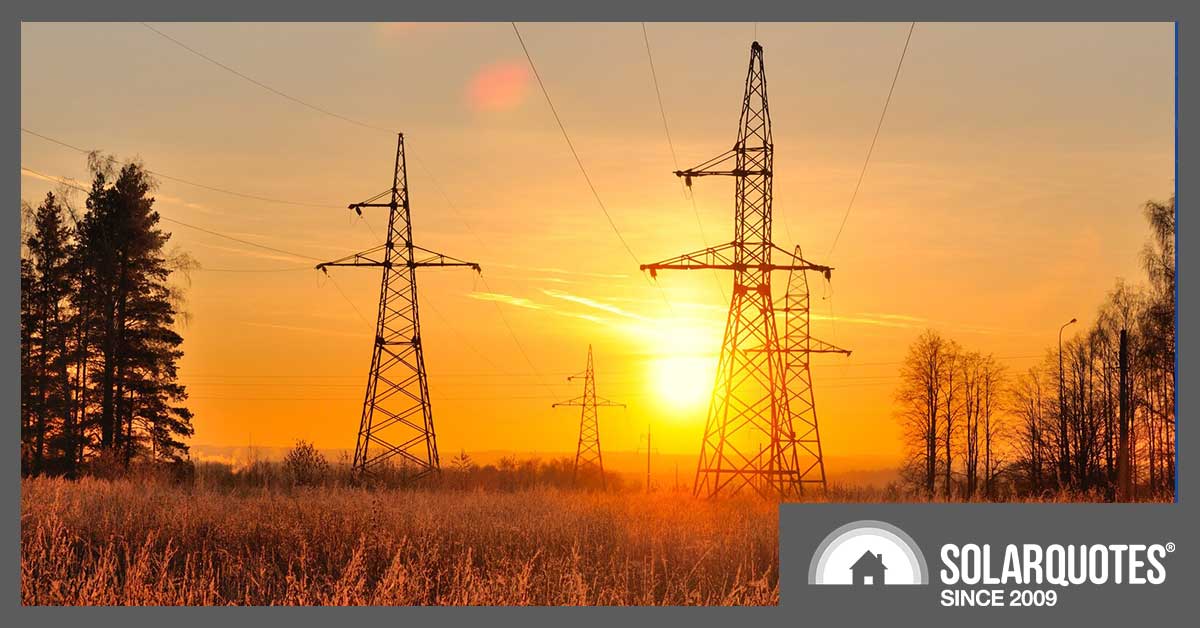The AEMO is taking the next steps to ensure Australia’s National Energy Market (NEM) can survive the shift to solar power and wind.
It’s been a record-setting year for renewables, but that’s brought its own challenges: lack of load-shifting to the middle of the day meant renewables have delivered below their potential on some occasions.
In its Engineering Roadmap FY2024 Priority Actions report announced this week, the market operator identified two such moments:
- On 28 October 2022, AEMO said in the report, the NEM hit 68.7% instantaneous penetration of renewables. At the time, however, renewables had the potential to deliver 77.5% of the NEM’s requirements; and
- On 20 November, instantaneous renewable penetration reached 65.5%, but the potential was 87.5%.
South Australia hit its personal best when operating “as a synchronous island” on 19 November 2022, when renewable penetration hit 91.5%.
The AEMO said if the NEM is to reach its potential in high renewables conditions, loads need to be shifted towards the middle of the day.
The other big consideration for the operator is system stability.
As the operator’s Manager Future Energy Systems Chris Davies told the ABC’s AM program, the aim is to live without the characteristics of the “big spinning masses of metal” that have underpinned power systems worldwide in the fossil fuel era.
Without the inertia of spinning metal, Davies said, a shock “can spread a long way through the power system”.
“We’ve got to have confidence when we turn off the last fossil fuel generator in any part of Australia, that the system is going to be resilient, that it’s going to hang together for all the sorts of shocks and surprises that happen on a power system on a day-to-day basis”.
The priority actions report, the AEMO said, seeks to provide transparency on which activities it is progressing in 2024, as well as providing an update on progress made in 2023.
Transitioning the NEM rapidly away from coal relies on 4 key pillars identified in the report:
- Low-cost renewable energy, from abundant wind and solar.
- Firming technology like batteries to smooth out peaks.
- New system strength standards that facilitate new connections.
- Power systems capable of running, at times, entirely on renewable energy.
And the best thing the consumer can do to help – is shift as many loads as possible to daytime, including simple timers, home automation, thermal mass and OCPP EV chargers.
You can provide feedback on the report by 31 July via [email protected]


 RSS - Posts
RSS - Posts



“And the best thing the consumer can do to help – is shift as many loads as possible to daytime, including simple timers, home automation, thermal mass and OCPP EV chargers.”
The contribution from renewable energy sources feeding Australia’s NEM (the main grid) has ticked over to 37.0% for a rolling 12-month average (period Saturday, 16 Jul 2022 to Sunday, 16 Jul 2023) for the first time.
https://opennem.org.au/energy/nem/?range=1y&interval=1d
The renewable energy contribution trend appears to be increasing by about 1% per quarter, so by end-2023 that may grow to 39%, and 43% by end-2024, likely overtaking black coal contributions.
Load shifting will certainly help, but I’d suggest much more energy storage is also required.
And the best thing the consumer can do to help – is shift as many loads as possible to daytime, including simple timers, home automation, thermal mass and OCPP EV chargers.
…lack of load-shifting to the middle of the day meant renewables have delivered below their potential …..
So where are the Time of Use retail plans that give cheaper rates during the day? ….and more expensive at night,
As an Ausgrid customer I can’t even get a flat rate plan which gives me a single rate – “anytime” price for electricty only a Demand based tariff which is bad for me or a Time of Use tariff which is cheaper at night.
OK, as much as I want to help soak up excess daytime solar generation and smooth out the peaks my pool pump will stay on at night along with my hot water heater and my EV charging for as long as it is cheaper for me to do so.
If AEMO wants people to join the party there needs to be an incentive or at least not the direct dis-incentive of peak rate charging during the day.
Yes, Energy Aus show flat rate plans on their website by default but you cant actually sign up for one unless you have a very old spinning disc meter or are already on a single flat rate plan
Switching my hot water Controlled Load 1 to Controlled Load 2 would make use of some of the excess solar during the day. My Contolled Load 1 is only on from after midnight until 7am. The electricity supplier wants $100 to switch to Controlled Load 2 which is not very motivating. The prices from my supplier are the same for CL1 as they are for CL2.
If the cost to switch to CT2 was free (or minimal), it would encourage many to switch, or the supplier could just make that change as an energy efficiency step.
We’re 100% not ready. We need millions more watts of PV. the problem is that in our quest to do this, we may put grid stability or cyber security at risk.